
Year 1781! While most of Western Europe was at the forefront of the industrial revolution, a part of Odisha was passing through a political turmoil. Odisha would witness intense rivalry between princely states and with the Maratha Force.
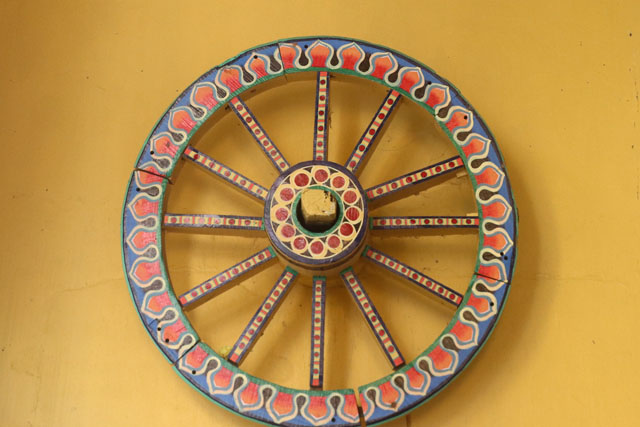
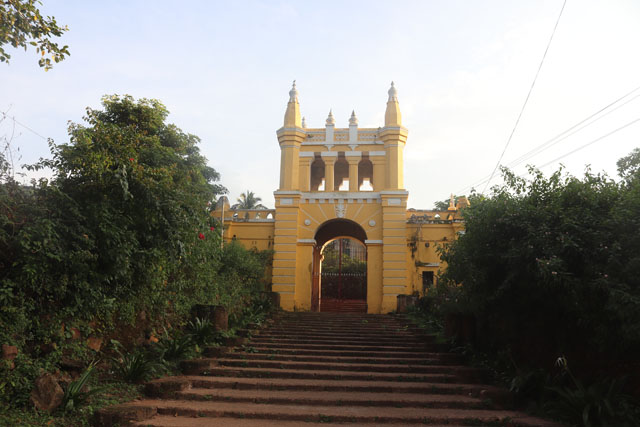
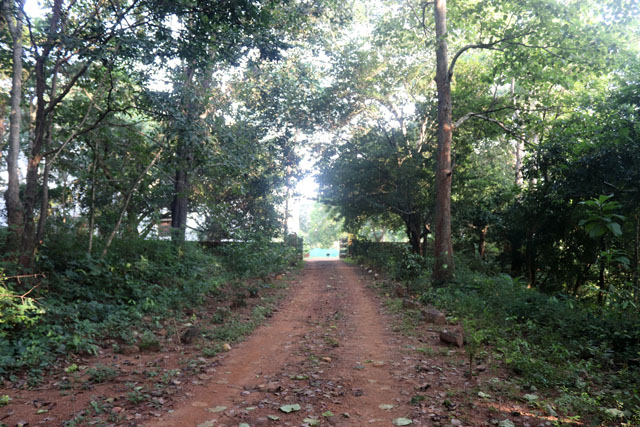
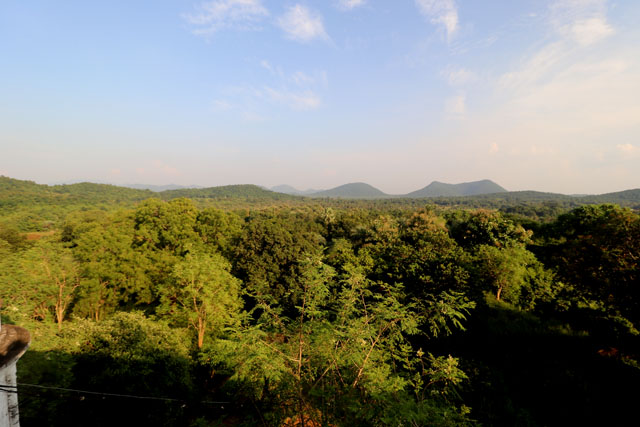
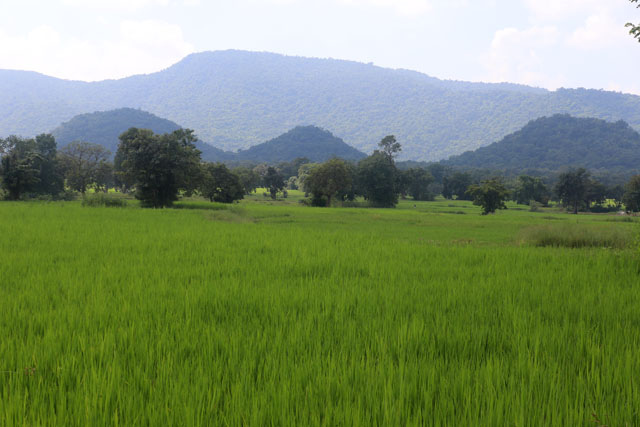
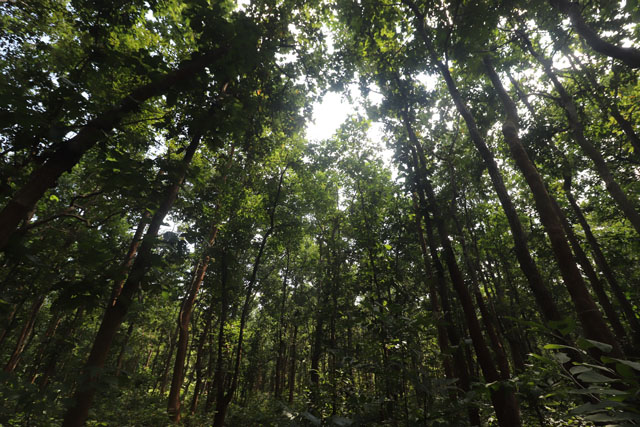
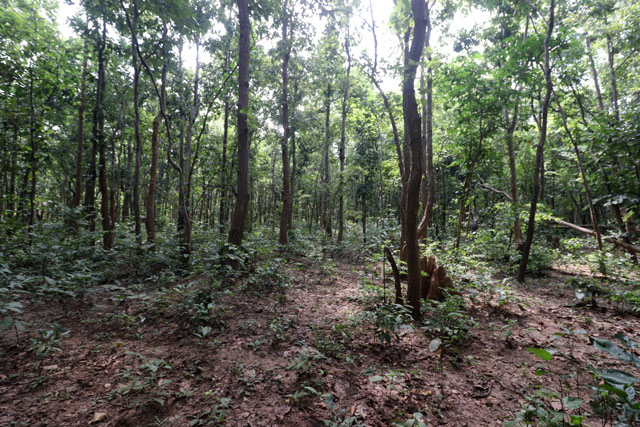
Today, the vast sprawl of Dhenkanal Fort is no more, but what attracts you is the splendid Dhenkanal Palace which came up a century after the Maratha seize.

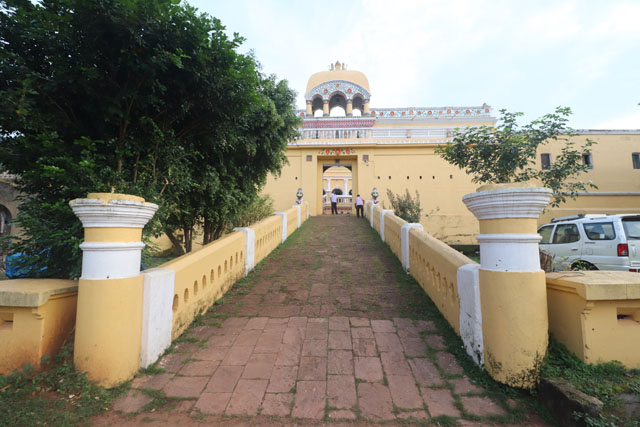
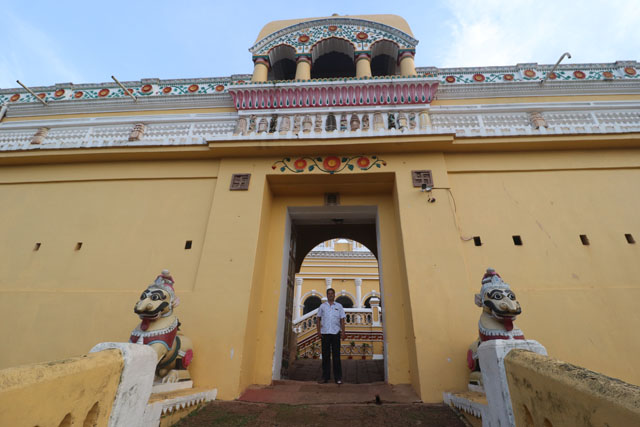
The Maratha army under the leadership of young Chimanji had started an expedition towards Bengal to collect the payment of chauth from the British. The route they followed was through Odisha. Historical records reveal that a large number of princely states in Odisha had supplied the Marathas with men and material with hope to receive help to bring down the power of their political rivalries.
The Raja of Keonjhar was one such opportunistic who could not withstand the progress of Dhenkanal. He had supplied the largest contingent of 20,000 men to the Maratha Force.
The Marathas had an unsuccessful attempt to seize Dhenkanal before a couple of years. This time well prepared, they started from Cuttack to Dhenkanal. However, it was the peak of summer. The intense heat and the lack of basic provision forced them to return to Cuttack. Soon after the monsoon, Chimanji assisted by Bhavani Pundit marched towards Dhenkanal with a huge army and provisions.
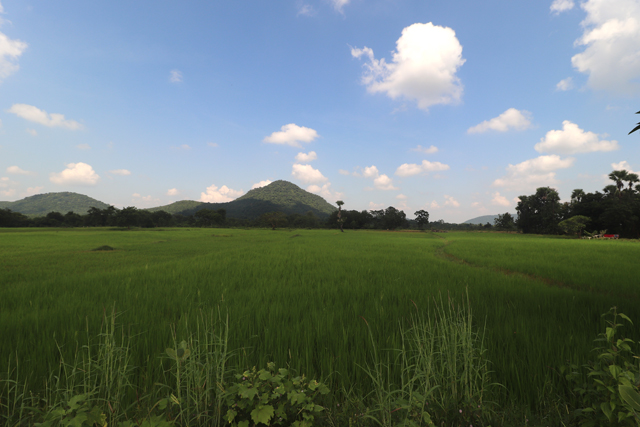
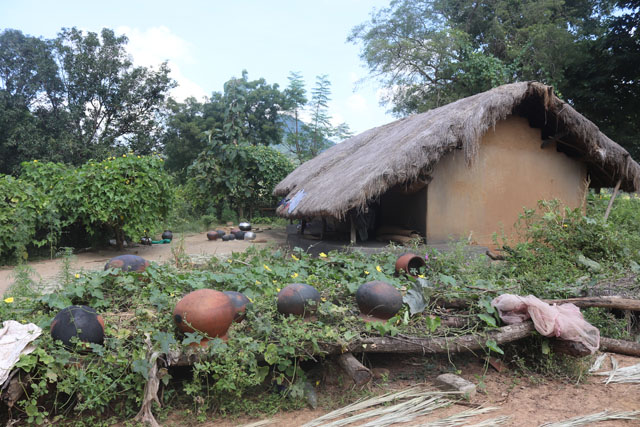
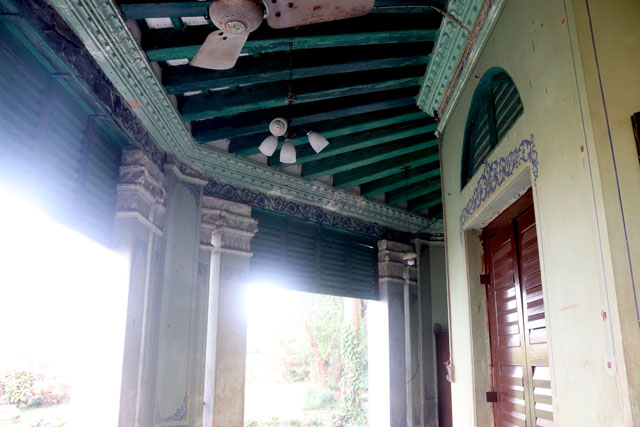
The Raja of Dhenkanal at that time was Sri Trilochan Dev, a respectful self-esteemed man who had denied giving the peskash to the Marathas. The angry Marathas wanted to give a lesson to the raja of Dhenkanal with the monetary help received from Manju Chaudhary, a banker from Cuttack.
The Maratha army came as far as Motari, a place 8 miles before Dhenkanal. This was the gateway to the territory and was well guarded by several soldiers. Sri Trilochan Dev lost no time in preparing to deal with the situation. He had created a strong fort on one side by a hill range and deep moat full of water, the fort could successfully hold at by an invading army.
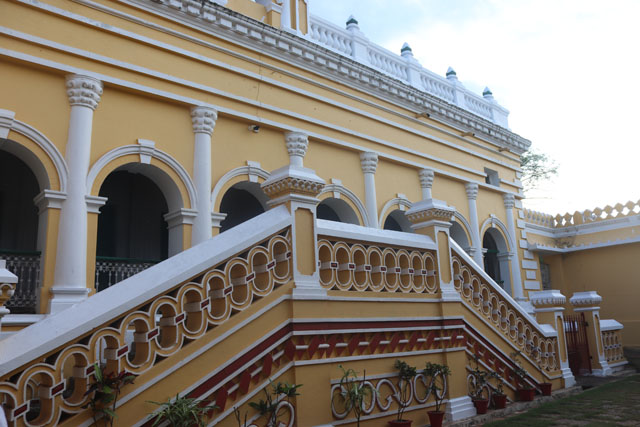
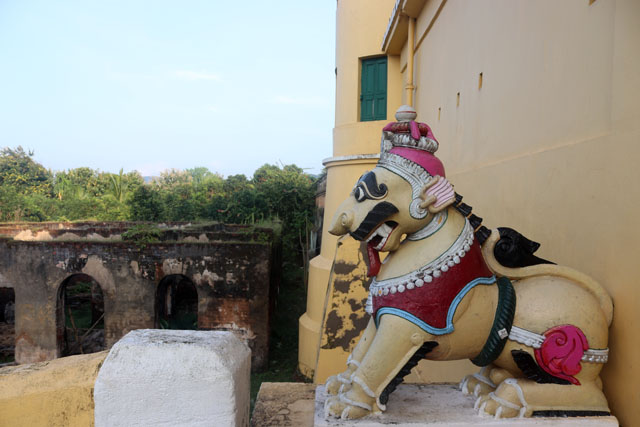
The Marathas marched towards the fort from Motari even though they had received a warning to return from Sri Trilochan Dev. But the Maratha Governor refused to listen unless the pride of the king was crushed.
Thereafter Sri Trilochan Dev ordered his soldiers to chase the Marathas and the Odia Paikas furiously attacked the enemy. The Marathas were put to utter confusion and were forced to retreat to Cuttack with a good number of soldiers either killed or wounded.
But things did not move always in favour of Dhenkanal.
Around that time, again Chimanji had planned an invasion of Bengal for collection of chauths and hence was on his way from Nagpur. When he entered Cuttack, Manju Chaudhary went to remind him about the defeat of Martha army in the hands of the Raja of Dhenkanal. He also provoked that if this trend continues Marathas would not get their peskash even from other feudal states and that would paralyse their Odisha administration. Chimanji was convinced and immediately decided for the second attack against the Raja of Dhenkanal.
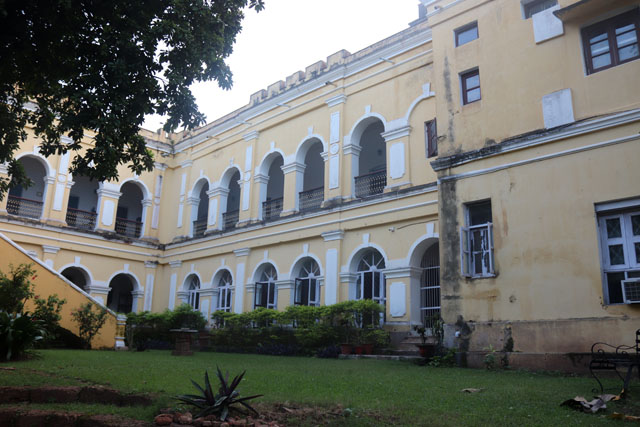
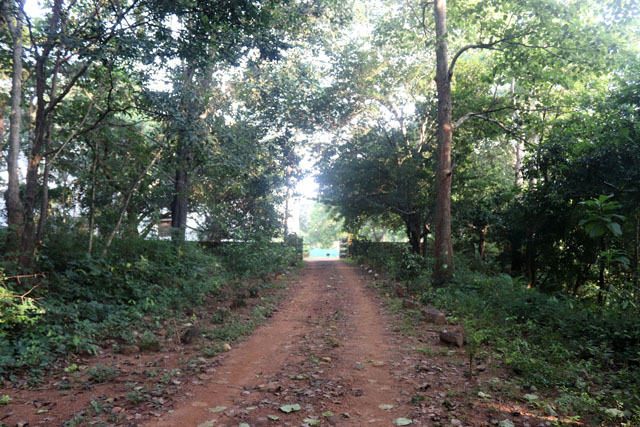
It was the rainy season and the terrain to Dhenkanal had become inaccessible. As the winter arrived considering that Dhenkanal was situated in the middle of thick jungle and access to it was very difficult, the Marathas procured the services of two local persons, Kistenraja and Chaitan Das.
‘Samar Tarang’ vividly describes – the Raja of Dhenkanal, Sri Trilochan Dev was confident of defending himself and his people inside to the fort against any attack from the enemy. Understanding the march of the Maratha army towards the fort, he at once ordered the garrison to take adequate defence measures to protect the fort from the outside. The fort wall had a good number of hidden holes which were now filled with cannons, guns and even arrows. Some raised platforms close to the fort were erected to serve the purpose of watchtowers to observe the movement of the enemy from the distance.
But the army of Maratha was huge. Upon approaching them, the Odia Paikas were frightened. The Marathas could easily enter the fort and seized it.
But it was not a smooth affair for the Marathas. During the seize of Dhenkanal Fort, there were frequent raids by the hilly tribe called Charas. They plundered or seized the belongings of the Maratha soldiers and put them into trouble.
To overcome this, the Marathas sought help from neighbouring kingdoms. The king of Keonjhar came forward immediately with 20,000 soldiers.
After most heroically defending the fort for 18 days, Sri Trillochan Dev abandoned it to the possession of the Marathas. But Marathas lost interest in Dhenkanal as it was not a priority for them. After the departure of Chimanji, Sri Trilochan Dev raged a war against the king of Keonjhar. In this battle, the chief commander of soldiers was beheaded by the soldiers of Dhenkanal.
A large complex of apartments, courts and gardens nestled against the gradual slope of Gadajat Hills of the Eastern Ghats is today’s Dhenkanal Palace, built in the 19th century and converted into a heritage hotel. A fusion of Odia, Rajput and European architecture, Dhenkanal Palace shines like a pearl in the heart of Dhenkanal City. A legend goes: in the 16th century, there was a Savara Chief called Dhenka who ruled the present Dhenkanal region. However, he was defeated in a war by Sridhar Bhanja, a chieftain from the neighbouring kingdom Gada Besalia. The dying wish of Dhenka was to preserve the name of the clan. The victor king agreed to the wish, and thus he renamed the newly acquired kingdom as Dhenkanal, Nala here means hilly terrain slope.
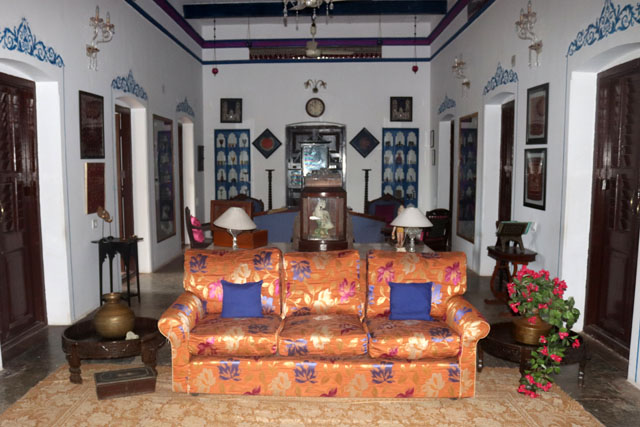
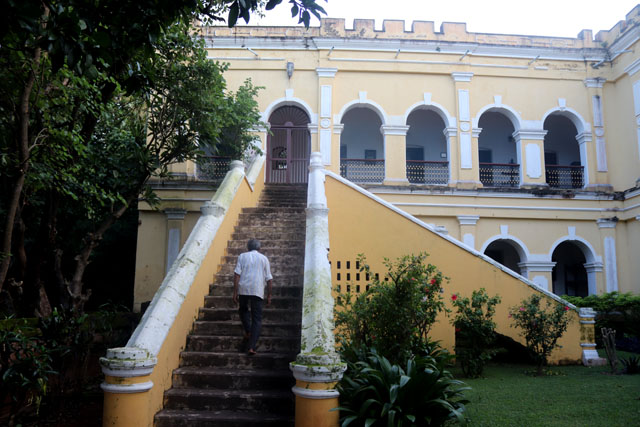
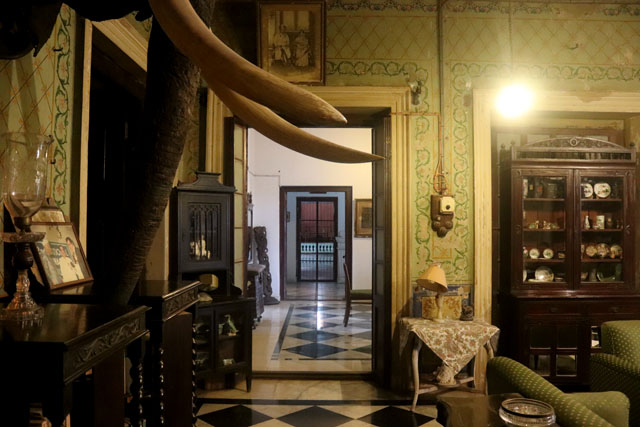
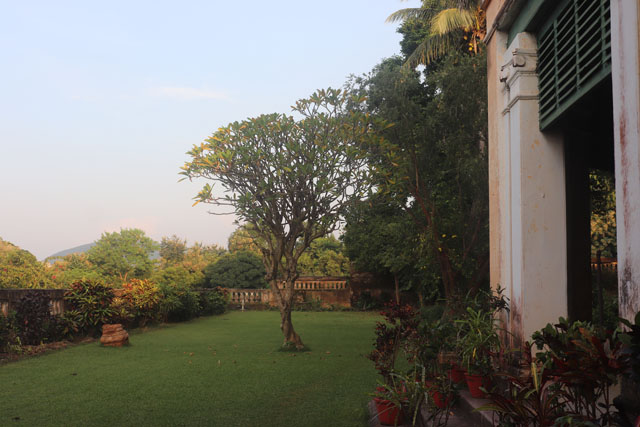
Dhenkanal is a major elephant corridor and even today there are reports of human-elephant conflicts from time to time. As you enter the lounge, you are invited by the display of a large stuffed elephant head. It is told that in 1835 the elephant had gone mad destroying human settlements and even killing people. The king for the safety of his subjects had killed the elephant whose head now is displayed as a matter of pride.
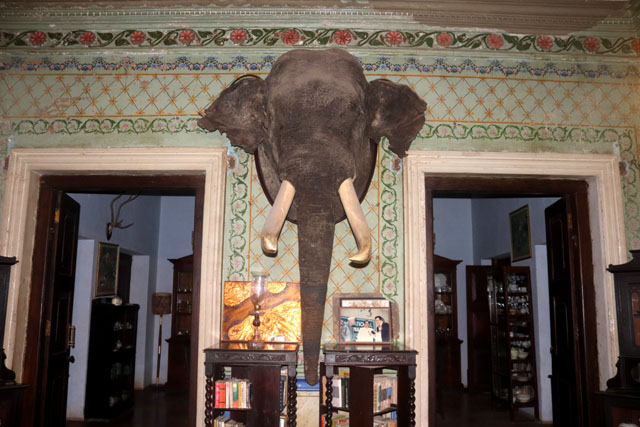
Dhenkanal is truly the capital of royal heritage in central-costal Odisha. Gajalaxmi Palace at Borpoda amidst the dense forest and the foothills of Megha is Odisha’s only homestay overlooking a jungle kingdom.
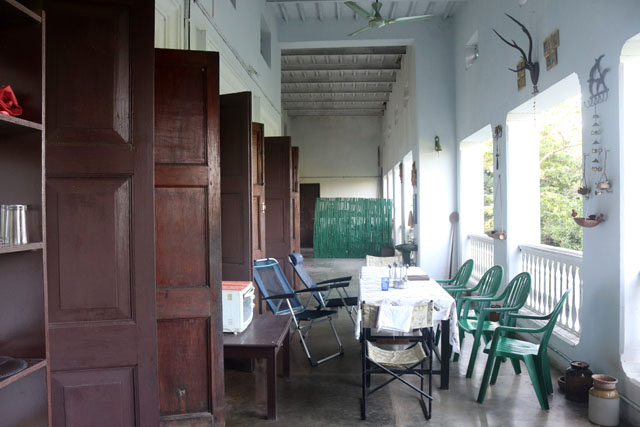
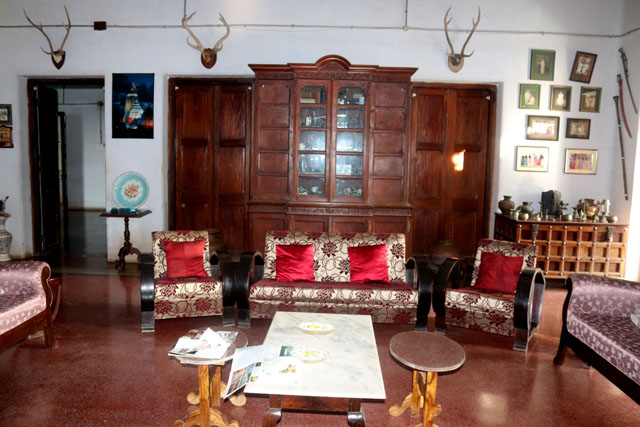
Built-in the first half of the 20th century, the view from the palace is incredible. The forest surrounding it is infested with wild beasts of all kinds, such as elephants, leopards, wild boars, and civets.
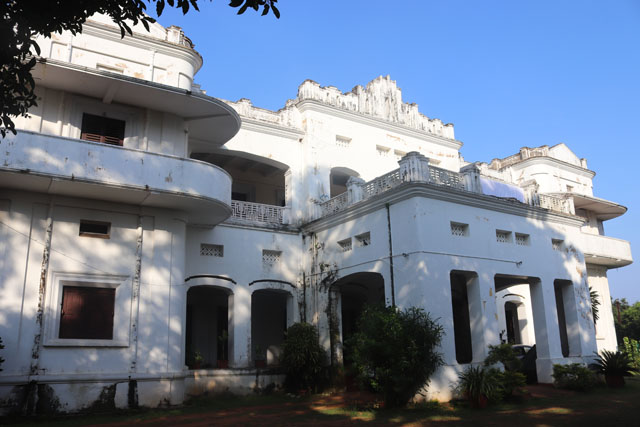
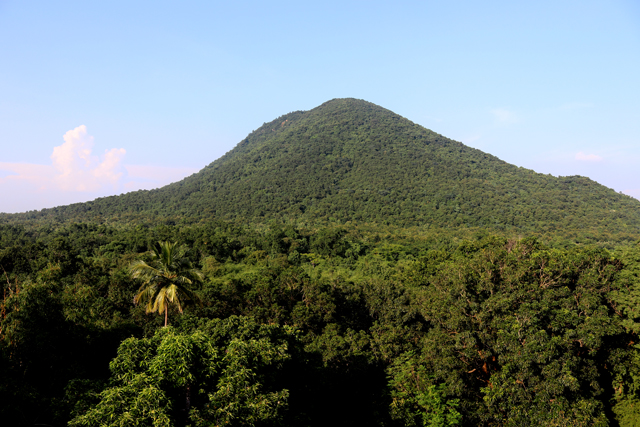
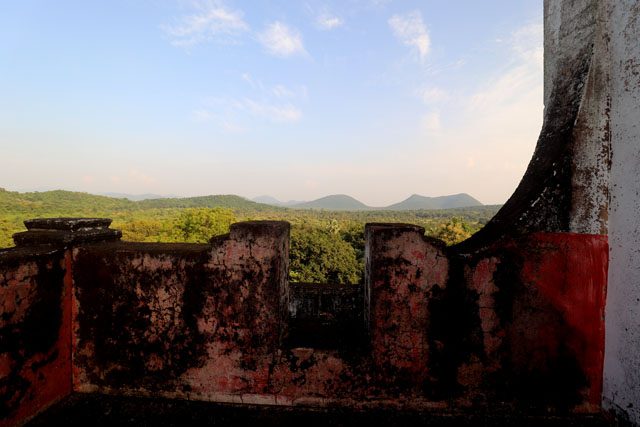
However, the key attraction here is the display of Naryanpatna (in Koraput District), man-eating tiger. Its piercing eyes and sharp rows of teeth was the stare of death to 83 people it had killed and eaten before being put down by Late Kumar Saheb in 1986.
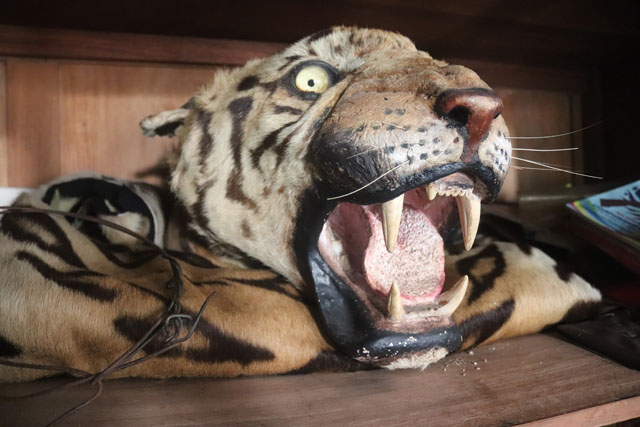

By Jitu Mishra
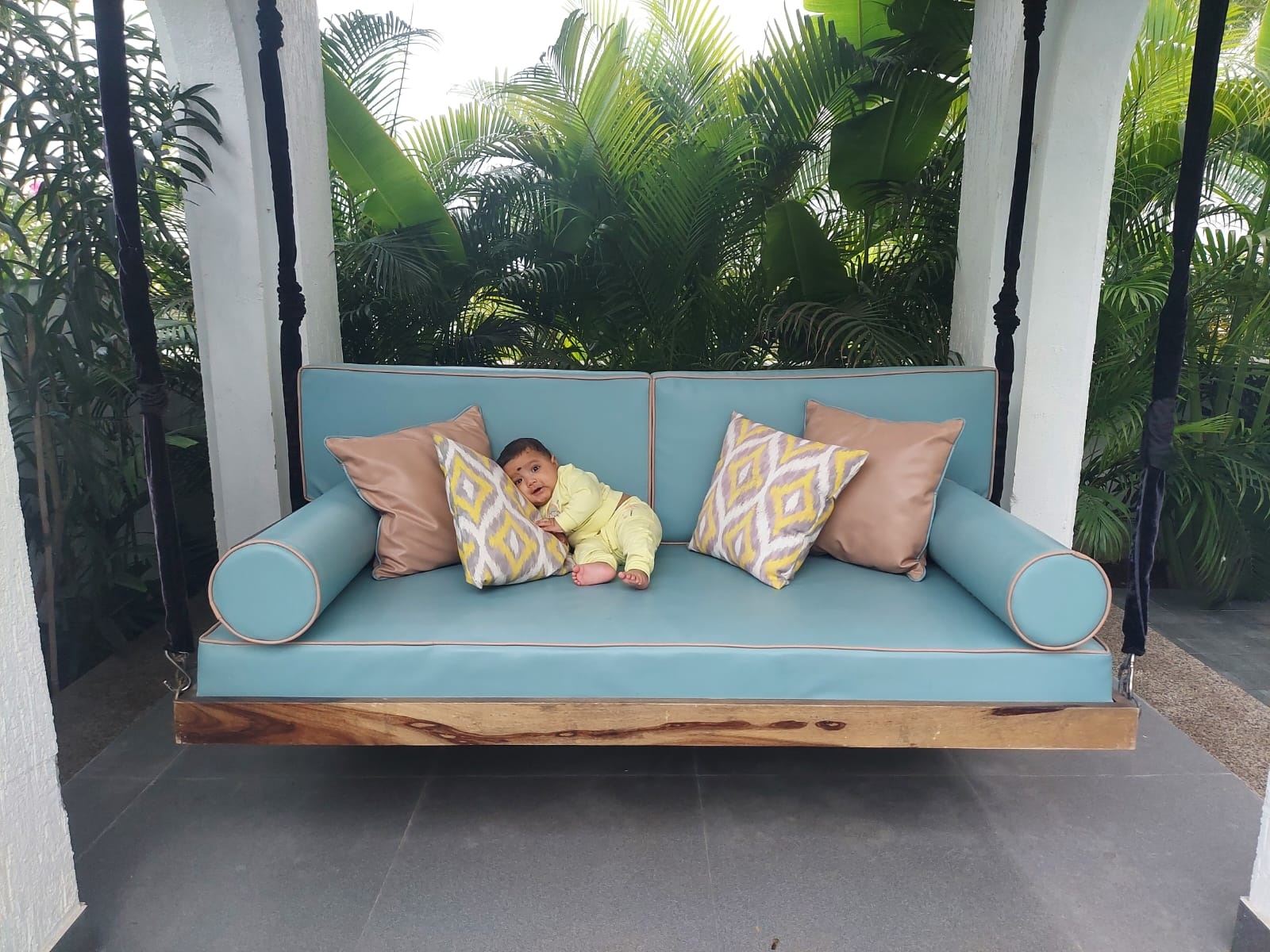
Son, sand and sea: Creating a lasting memory
06 May 2024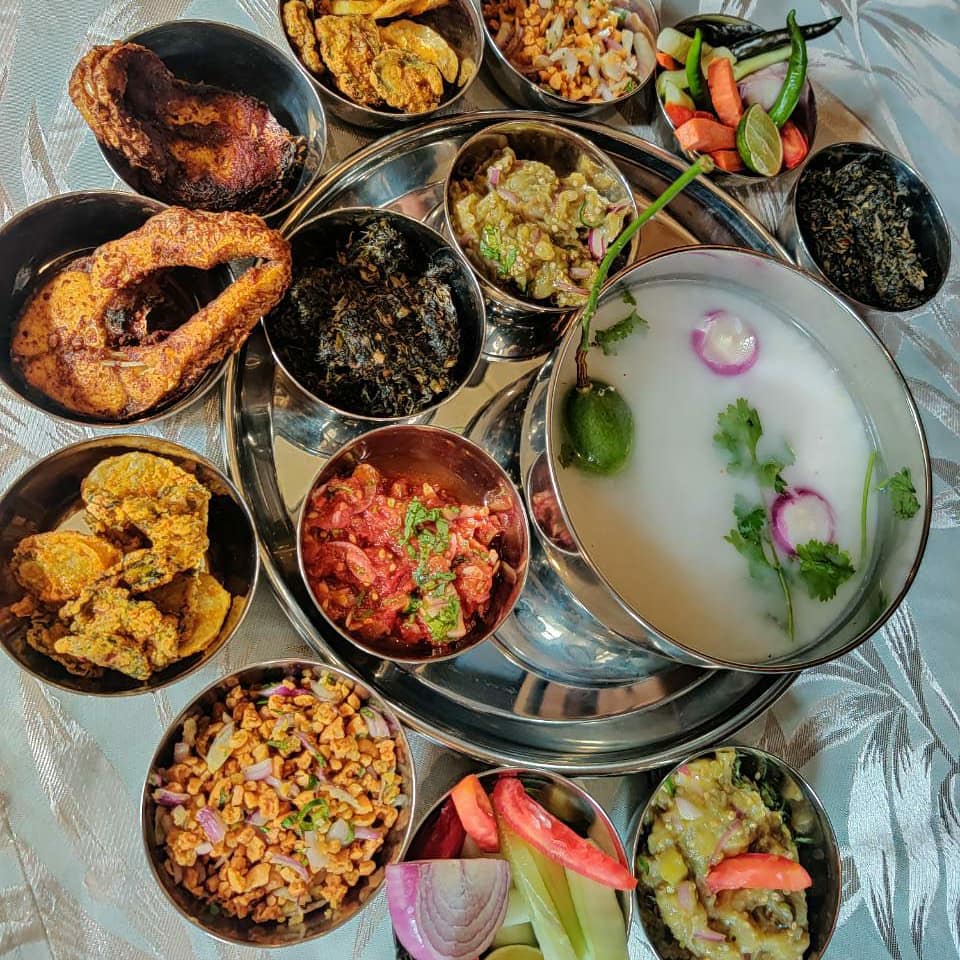
The soul food of Odisha
19 Mar 2024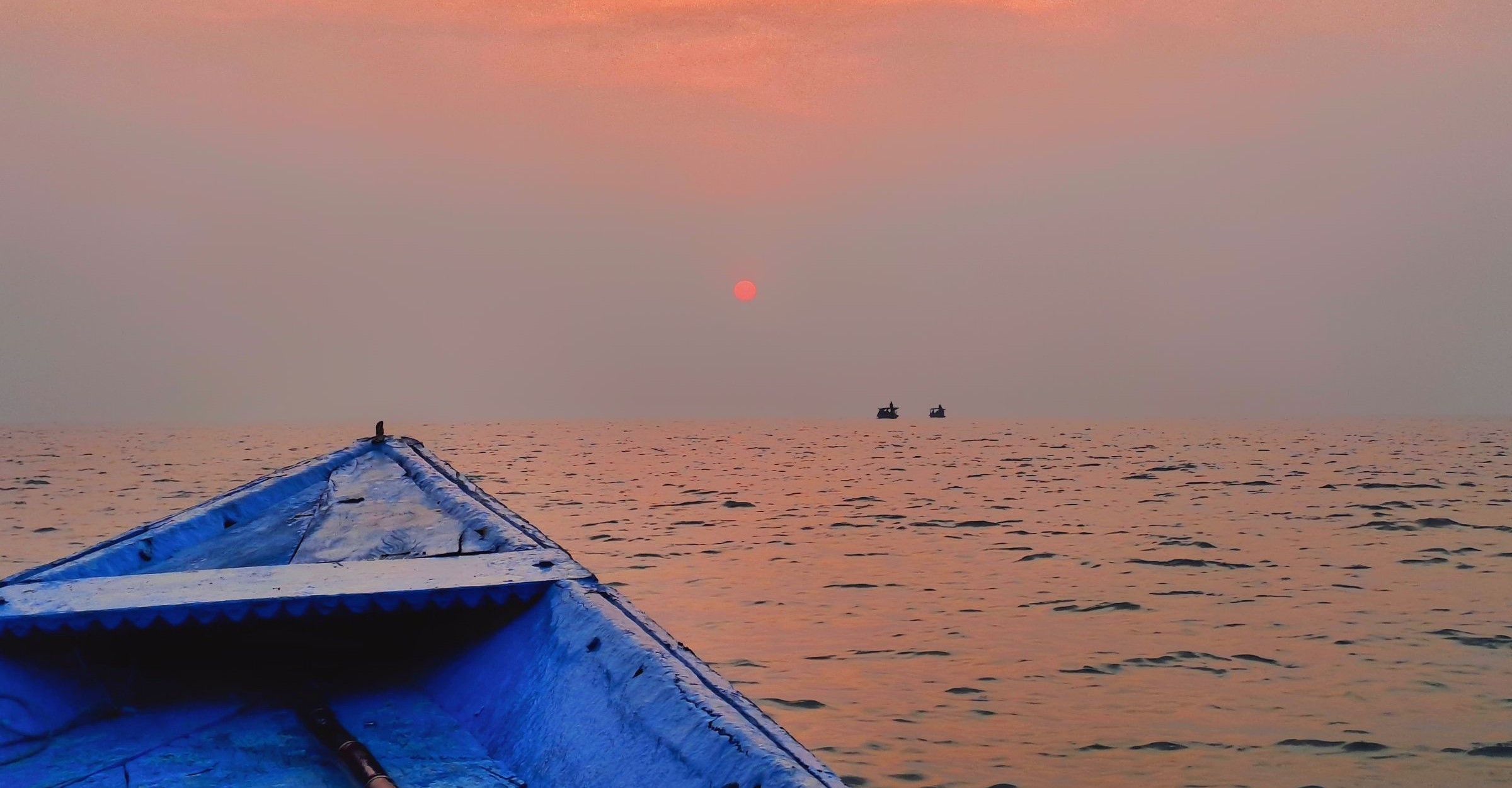
CHILIKA ODYSSEY : EXPLORING THE RICH AVIAN ...
14 Feb 2024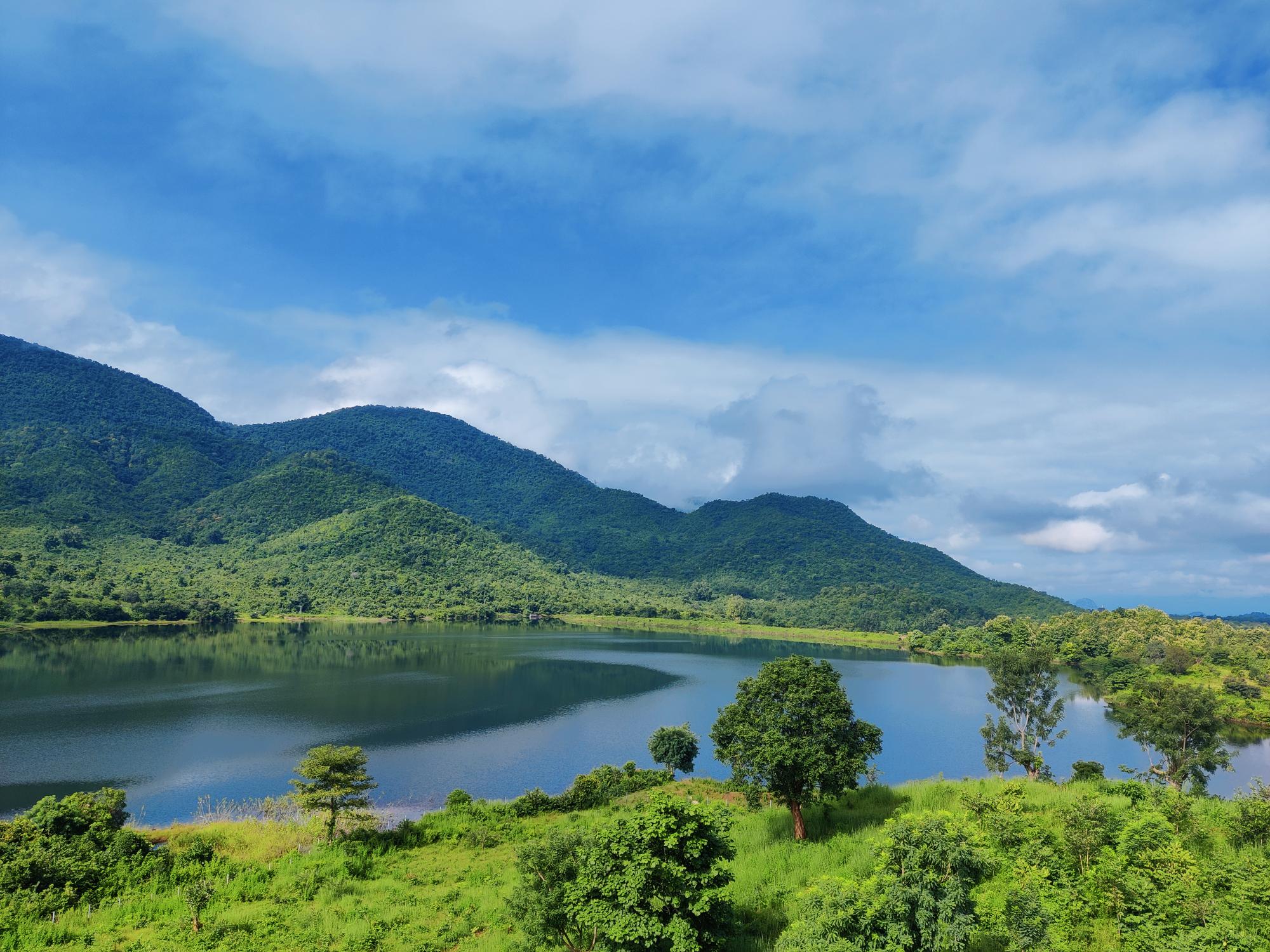
RABANDHARA ECO TOURISM
08 May 2023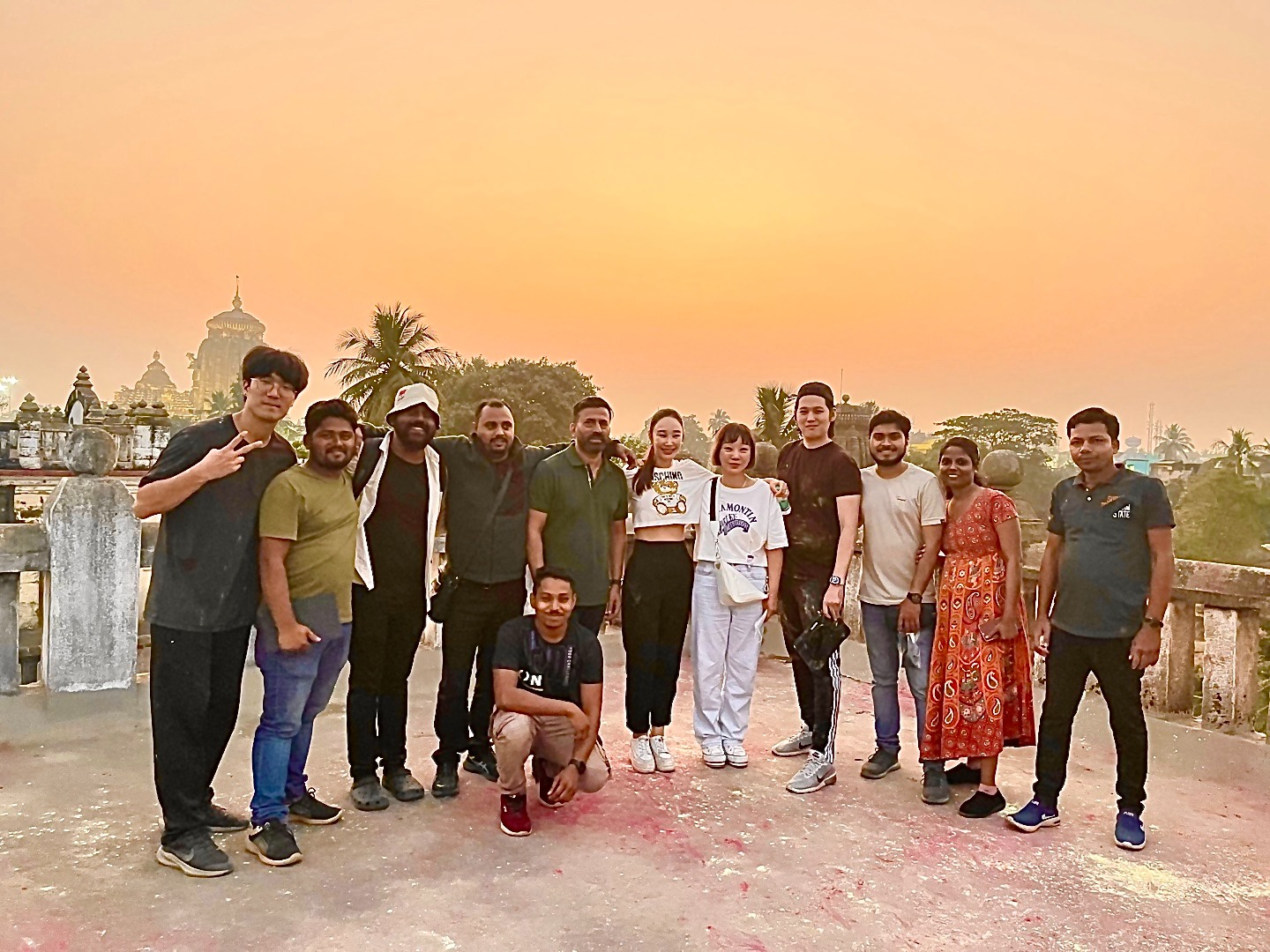
Filming vivid colours of Bhubaneswar with ...
13 Apr 2023
Spellbound Odisha a picture perfect ...
03 Feb 2023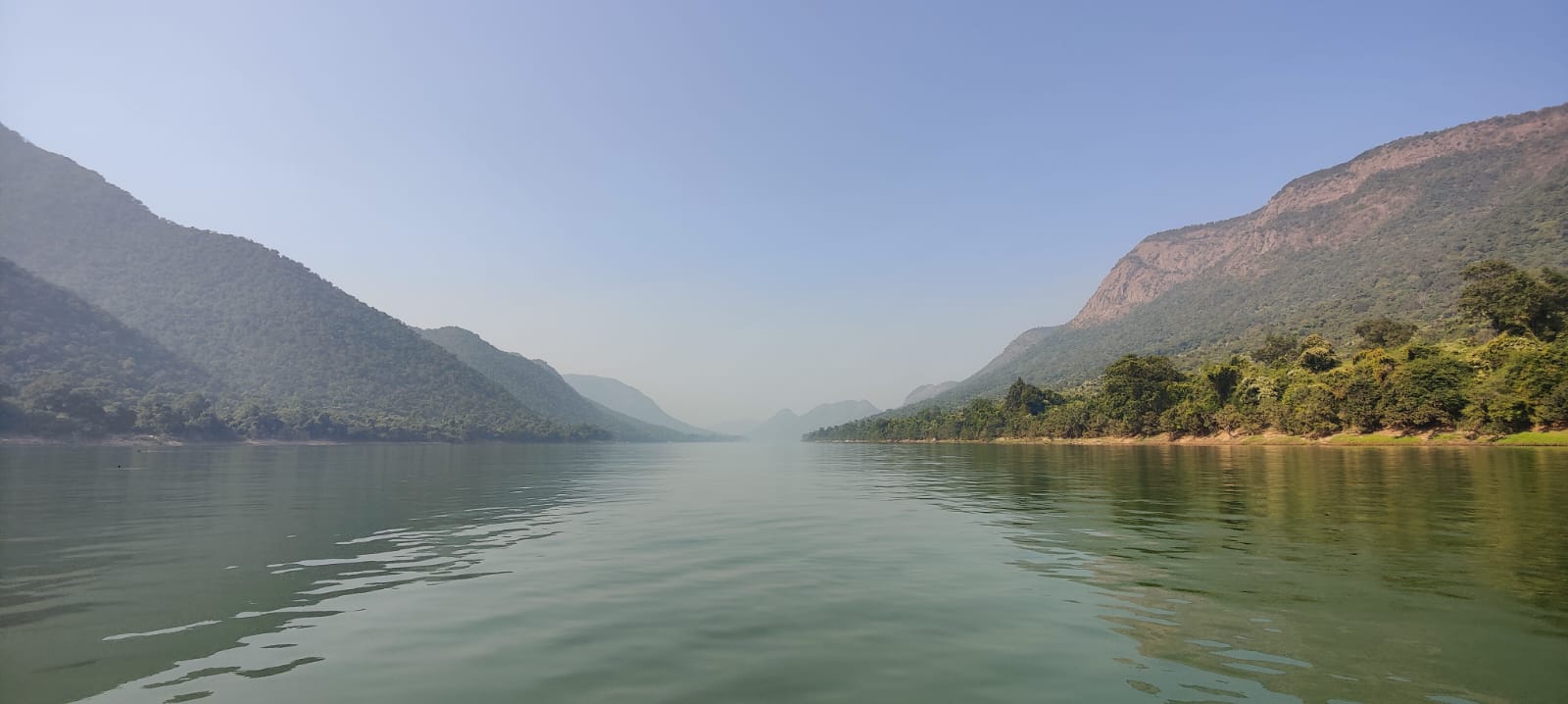
Satkosia a Nature’s Treasure Trove
03 Feb 2023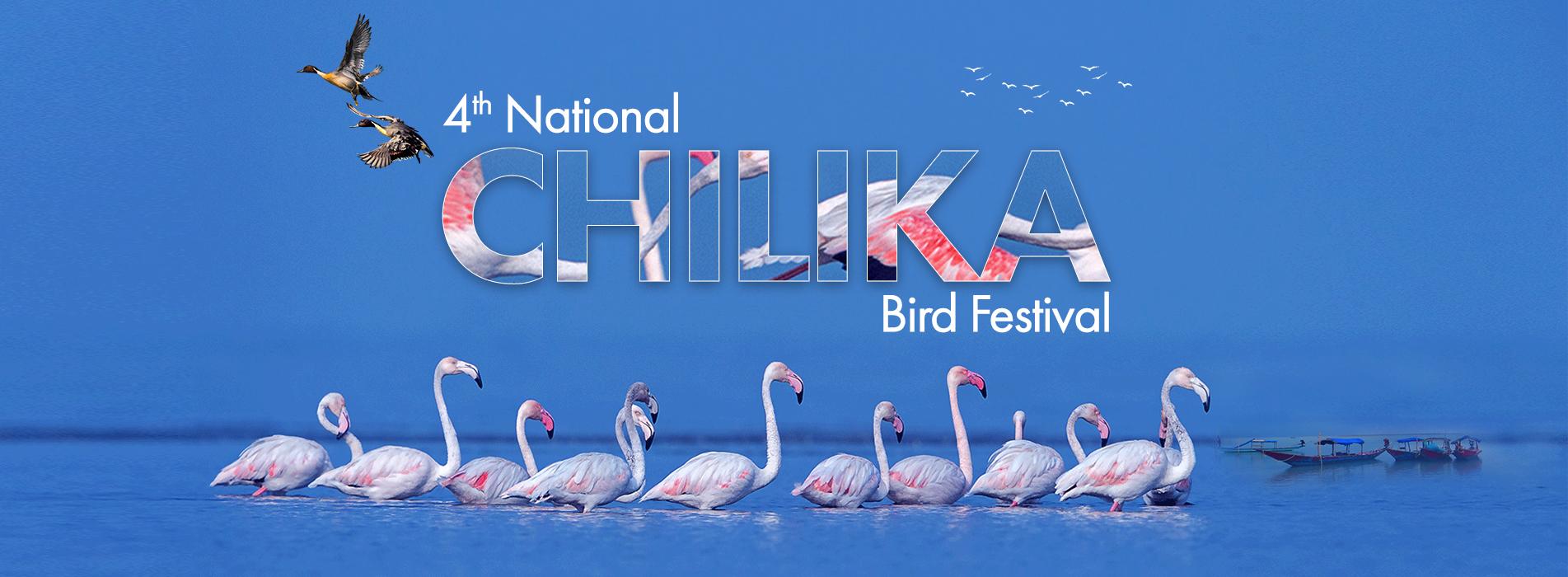
Odisha Wildlife in 4K
02 Jan 2023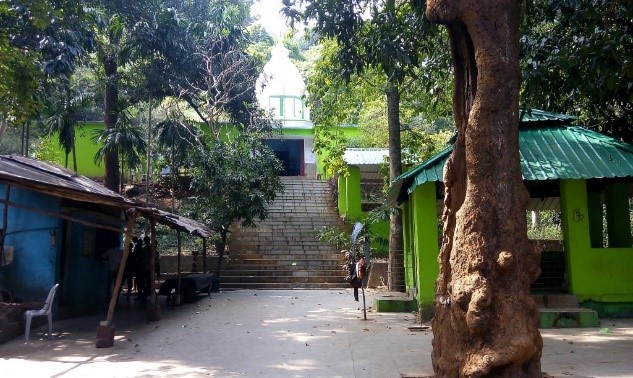
SAPTASAJYA-A Heavenly Tourist Destination
10 Oct 2022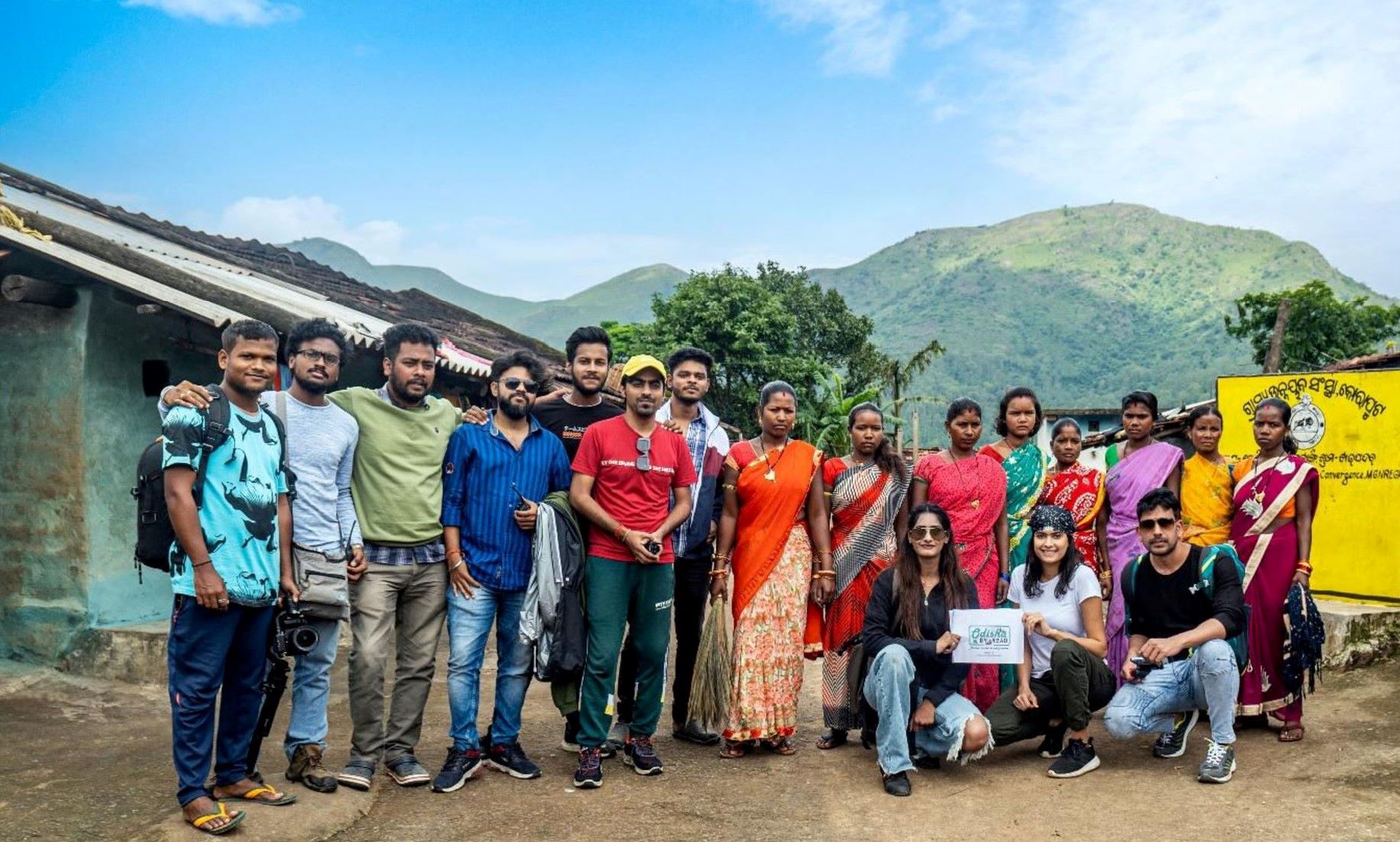
ODISHA BY ROAD 3.0-BEHIND THE SCENES
10 Oct 2022
Comments